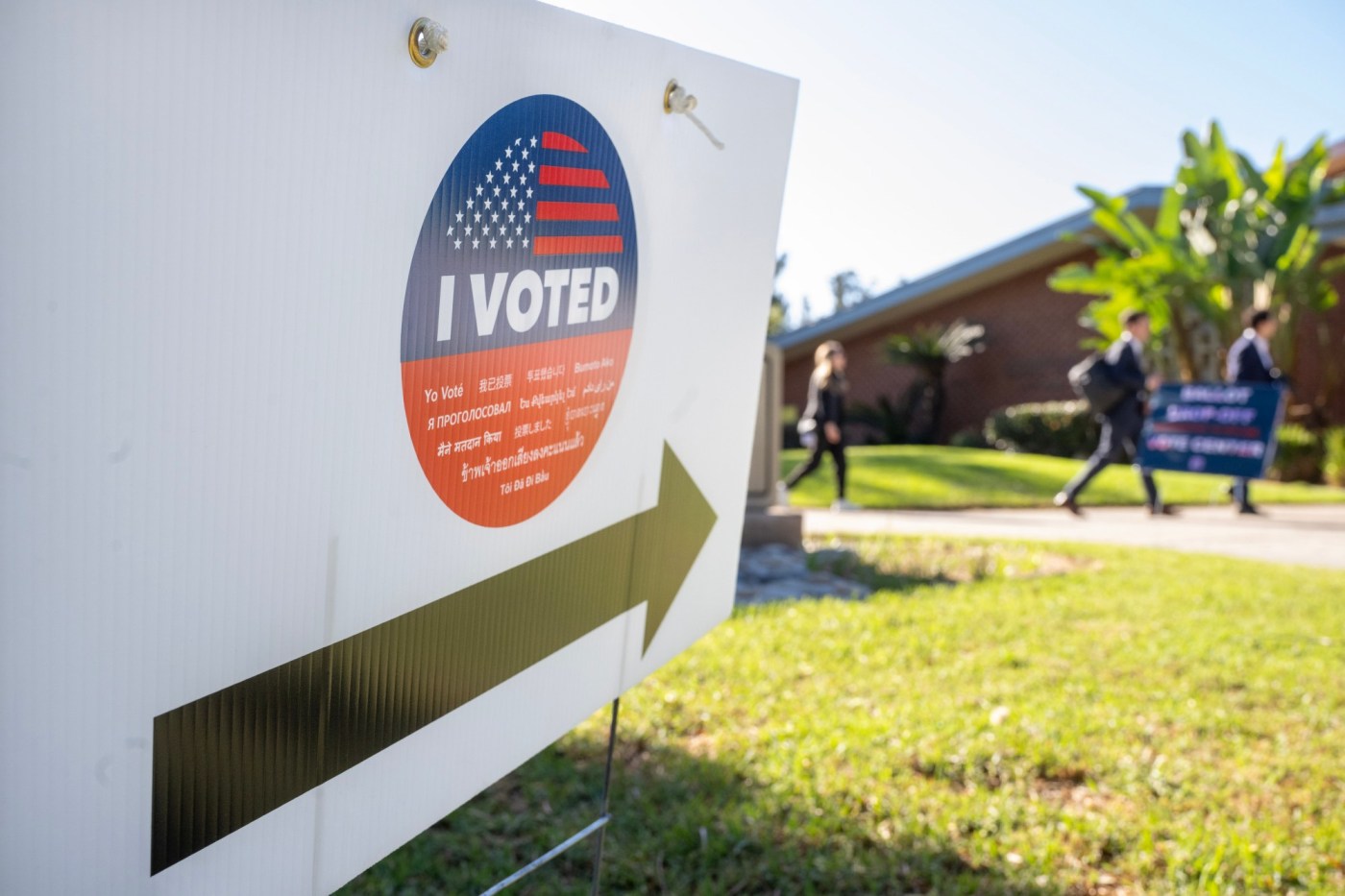Residents of Los Angeles County will soon conclude their voting in the special election concerning **Proposition 50**, which involves new congressional district maps. Voting will end on **November 4, 2023**, and the focus will shift to counting the ballots. This process, known for its lengthy duration in California, may take several days or even weeks to finalize.
According to **Mike Sanchez**, spokesperson for the L.A. County registrar’s office, the actual counting of ballots is efficient. Yet, state laws allow time for voters to “cure” any issues with their ballots. For instance, if a voter forgets to sign their mail-in ballot envelope or if their signature does not match the one on file, they are notified and given the opportunity to rectify the problem. “Contrary to popular belief, we do count ballots very fast,” Sanchez stated. “But state law allows voters to cure ballots. We do conduct outreach to those voters, and legally, the voters have until we certify the election results to return those corrected ballots.”
Mail-in ballots must be postmarked by Election Day, but they can arrive up to seven days later and still be counted. This regulation adds to the time required to process and account for each ballot. In the **2024 general election**, approximately **97%** of ballots in L.A. County were counted within a week, showcasing the efficiency of the process, despite California’s reputation for delayed results.
Once the counting concludes, election results must also undergo certification. Local registrars’ offices have **30 days** from the election’s end to certify results, while the **California Secretary of State** has until **December 12, 2023**, to certify statewide results.
As for immediate results, the L.A. County registrar’s office plans to provide updates throughout election night. Polls will close at **20:00** local time, with the first batch of results expected around **20:30**. This initial batch will include mail-in ballots received before Election Day. A subsequent update, anticipated around **20:45** or **21:00**, will incorporate votes cast at polling places along with additional mail-in ballots received prior to Election Day. Updates may continue past midnight, as seen in previous elections.
In the days following the election, counting will continue for ballots that were postmarked by **November 4** but arrived after Election Day. As of **October 30**, L.A. County reported an estimated **5.9 million registered voters**, the highest of any county in California. More than **1.1 million ballots** had already been cast, according to data from the **California Secretary of State’s office**.
California boasts over **23 million registered voters** statewide, with approximately a quarter having already submitted their ballots by the latest count. Voter registration data reveals that as of **October 20**, roughly **45%** of registered voters in California identified as Democrats, **25%** as Republicans, and nearly **23%** as “no party preference.” In L.A. County, **51%** of voters identified as Democrats, **19%** as Republicans, and **23%** as “no party preference,” reflecting a consistent distribution since early September.
The significant Democratic advantage in voter registration, with a **20-point** lead over Republicans statewide, likely contributes to the favorable polling for Proposition 50, the only item on the ballot. This measure seeks approval for new congressional maps that would remain effective until **2030**, impacting the congressional elections scheduled for **2026**, **2028**, and **2030**. The proposed maps could potentially allow Democrats to gain five additional U.S. House seats, countering similar gerrymandering attempts by Republicans in other states aiming to secure their control of the House after the upcoming midterm elections.
